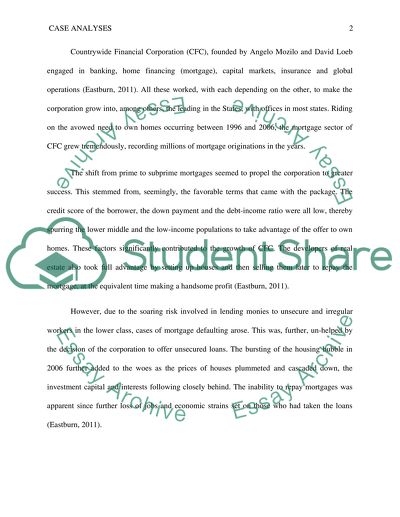Cite this document
(“Countrywide Financial Corporation Case Study Example | Topics and Well Written Essays - 1500 words”, n.d.)
Retrieved from https://studentshare.org/other/1396807-case-analysis
Retrieved from https://studentshare.org/other/1396807-case-analysis
(Countrywide Financial Corporation Case Study Example | Topics and Well Written Essays - 1500 Words)
https://studentshare.org/other/1396807-case-analysis.
https://studentshare.org/other/1396807-case-analysis.
“Countrywide Financial Corporation Case Study Example | Topics and Well Written Essays - 1500 Words”, n.d. https://studentshare.org/other/1396807-case-analysis.


